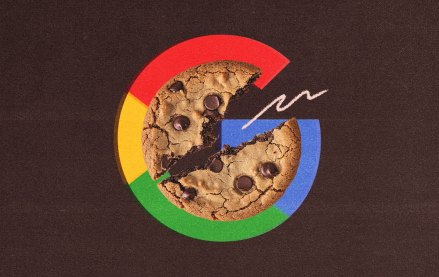The Web is awash in photos, some 3 trillion and counting. Could they become the new conduit for the 30-second spot?
Startup Pixazza hopes so. The company has started integrating movie trailers and other 30-second spots into its information card ad format, which stores added information and content tagged to photos on sites across the Web. Users who mouse over a “get the look” photo of Prince William and Kate Middleton, for instance, will see a somewhat similar (and cheaper) dress to what Middleton wore — and a movie trailer for Universal Pictures’ Bridesmaids movie coming out this weekend.
The bet, according to Pixazza’s Chas Edwards, is the company can find publishers a lucrative revenue stream in pricey video ads while not annoying users with yet another distraction on Web pages already filled with all manner of commercial come-ons.
“You talk to any publisher and look at any study of Internet attention and it coalesces around images online, yet it’s the least monetized piece of publisher real estate,” he said.
Publishers are clearly looking for new ways to make money off their audiences. Standard banner ads are often not enough. But that’s also led to ad creep on sites, as everything from hyperlinks to captchas morph into ad interruptions.
Pixazza is straddling that line. It will autoplay the ads but without the sound. Users can activate the sound or stop the ad. The approach is aggressive but not overly intrusive. The key, according to Edwards, is getting the relevance right. For Bridesmaids, it will include the commercials only in couple photos on entertainment sites.
The approach brings to mind in-text ads from Vibrant Media and Kontera. Mousing over a Vibrant link on an auto-related word will pop up a car commercial. Networks like Shorttail do a “D:30” placement that’s really a marriage of the pop-up ad and the 30-second spot. Auto-play is still used by plenty of publishers, too.
“People are pushing video into the wrong places just because the money is good,” Edwards said.
Whether Pixazza will join that list remains to be seen. Its system uses 150 photo taggers to individually tag photos, using technology as a guide, to ensure they’re matched up with the right content. Edwards said the information card is delivering much more valuable information than just an ad. Its placements are activated about 100 million times a day across about 4,000 sites. Most of the publishers are small fries, but a few larger entertainment sites, like OK magazine and AccessHollywood, run the units.
More in Media

Creators are left wanting more from Spotify’s push to video
December 11, 2024
The streaming service will have to step up certain features in order to shift people toward video podcasts on its app.

Digiday+ Research: Publishers expected Google to keep cookies, but they’re moving on anyway
December 10, 2024
Publishers saw this change of heart coming. But it’s not changing their own plans to move away from tracking consumers using third-party cookies.

Incoming teen social media ban in Australia puts focus on creator impact and targeting practices
December 6, 2024
The restriction goes into effect in 2025, but some see it as potentially setting a precedent for similar legislation in other countries.





